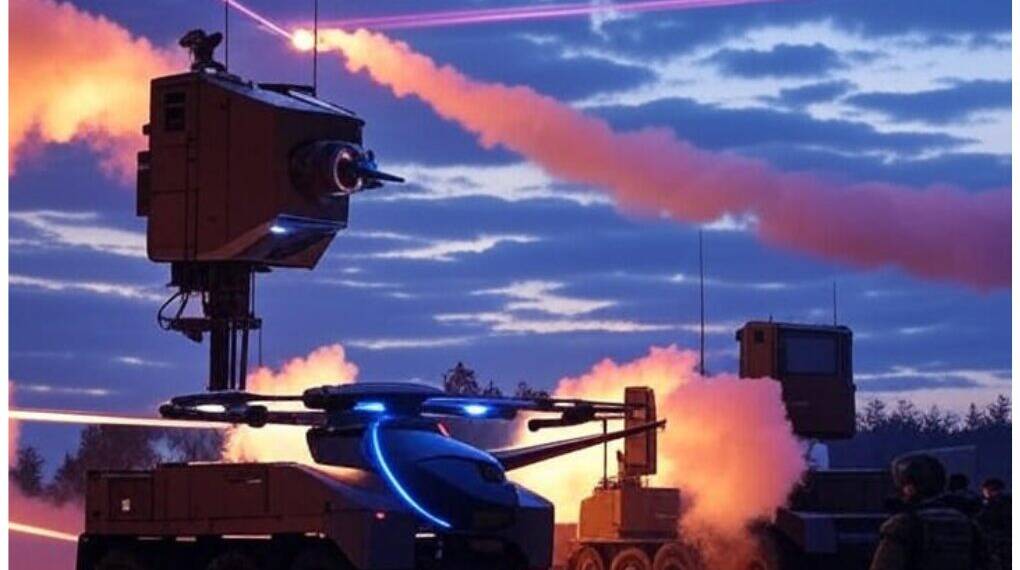Russia has successfully tested a new laser-based air defense system designed to neutralize drones, marking a significant advancement in its military technology. The system, reportedly capable of burning drones out of the sky, was demonstrated in a series of trials that showcased its precision and effectiveness.
The tests, conducted under various weather conditions, involved targeting different types of drones at a range of 500 meters. Footage released by RT, a Russian state-controlled media outlet, shows the laser system in action, with drones being incinerated mid-flight. The technology is part of Russia’s broader effort to develop a “universal air defense system,” as stated by President Vladimir Putin earlier this week.
Technological Breakthrough
The laser system, part of Russia’s ongoing investment in directed energy weapons, represents a shift from traditional missile-based defenses. Unlike conventional systems, which rely on physical projectiles, the laser emits a high-energy beam that can disable or destroy drone engines with pinpoint accuracy.
This approach offers several advantages, including reduced costs per engagement and the ability to engage multiple targets rapidly without depleting ammunition.
A government statement highlighted the promising nature of the technology, noting that the test results will be used to refine existing models and scale up production. The system’s integration into Russia’s air defense network could significantly enhance its capability to counter the growing threat of unmanned aerial systems, which have been extensively used in the ongoing conflict with Ukraine.
Strategic Implications
The development of this laser defense system comes at a time when drones have become a critical component of modern warfare. Both Russia and Ukraine have deployed drones on a massive scale, using them for reconnaissance, targeting, and even kamikaze attacks. The ability to neutralize these threats with a cost-effective and reusable technology could tilt the balance in Russia’s favor.
Experts suggest that the laser system could also have broader strategic implications. By targeting and disabling enemy sensors and communication systems, it could disrupt adversary command-and-control capabilities, providing a tactical advantage in potential conflicts. This aligns with global trends in military technology, where nations like the United States and China are also investing heavily in directed energy weapons.
International Reaction
The announcement has drawn attention from international observers, with some expressing concern over the escalation of military capabilities. The United States, which has its laser weapon programs, such as the High Energy Laser with Integrated Optical-dazzler and Surveillance (HELIOS), may view Russia’s advancements as a competitive threat.
Similarly, China’s efforts to develop counter-drone technologies, including its “SkyShield” system, indicate a global arms race in this domain.
Future Prospects
Russia’s defense ministry has indicated that the laser system will soon enter serial production, with plans to deploy it across its air defense network. This move is part of a larger strategy to modernize its military and maintain its status as a major global power.
The technology’s success could also influence other nations to accelerate their research into directed energy weapons, potentially reshaping the future of warfare.
As the world watches these developments, the integration of laser technology into air defense systems marks a new era in military strategy, where the battlefield extends beyond traditional munitions to include beams of light capable of altering the course of conflict.








